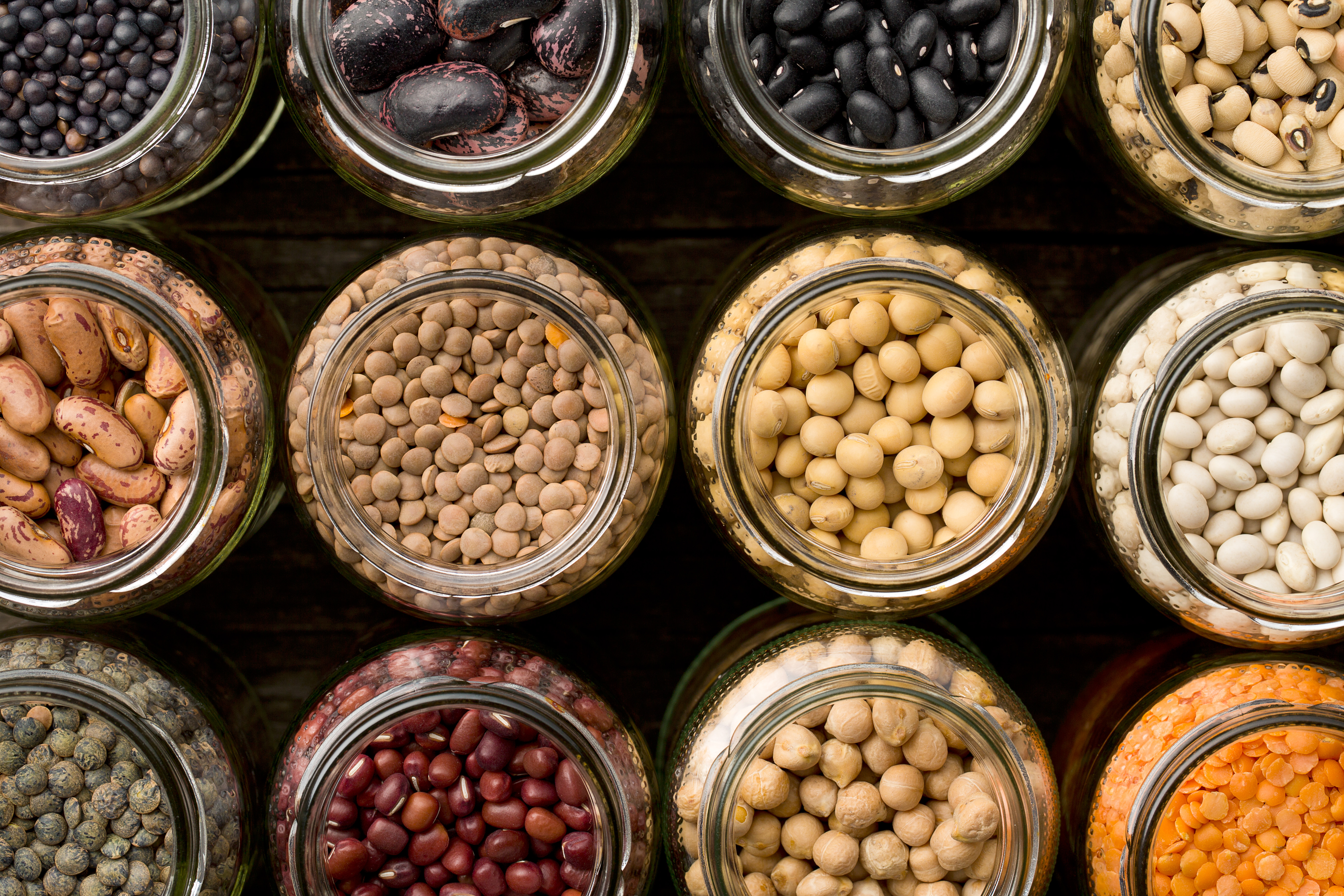Nature's Hidden Gems: 10 Surprising Sources of Calcium
Legumes: The Unsung Heroes of Calcium

Legumes, including beans, lentils, and chickpeas, are often praised for their protein and fiber content, but their calcium contribution is equally noteworthy. White beans, for instance, provide approximately 161 mg of calcium per cup, making them a valuable addition to a calcium-rich diet. The presence of other nutrients such as iron, potassium, and folate further enhances their nutritional appeal. Legumes are incredibly versatile, fitting seamlessly into various cuisines and dietary preferences. They can be transformed into soups, stews, salads, or even plant-based burgers. Their low glycemic index and high fiber content make them beneficial for blood sugar regulation and digestive health. By incorporating legumes into your diet, you not only boost your calcium intake but also support a sustainable and nutritious eating pattern.
Fortified Foods: Bridging Nutritional Gaps

In the quest for adequate calcium intake, fortified foods play a crucial role, especially for those with dietary restrictions or preferences that limit traditional sources. Plant-based milks, such as almond, soy, and oat milk, are often fortified with calcium to match the levels found in cow's milk. Similarly, certain cereals, juices, and tofu are enriched with calcium, providing convenient options for diverse dietary needs. The fortification process involves adding calcium compounds, such as calcium carbonate or calcium citrate, to enhance the nutritional profile of these foods. While fortified products offer a practical solution for increasing calcium intake, it's important to read labels carefully to ensure they meet your nutritional goals. These foods not only help bridge potential calcium gaps but also support dietary diversity and inclusivity.
